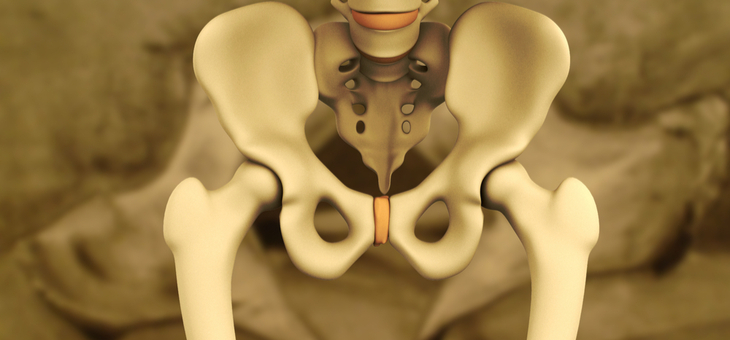Osteoporosis, which is estimated to affect more than 900,000 Australians, is bad enough by itself, but a new study has shown that it also has strong links to heart disease in women.
According to the study, bone thinning and brittle bones have a strong correlation to women affected by heart disease. But, importantly, it also found where the bone thinning was taking place.
Thinning of the lower spine (lumbar), the top of the thigh bone and the hip were especially predictive of heightened heart attack and stroke risk, according to the research.
Read more: What to do after you receive your COVID shot
Osteoporosis, often dubbed brittle bone disease, is common, particularly among women after menopause. It is characterised by thinning and weakened bones and a heightened fracture risk.
Previously published research indicates that people with osteoporosis often have atherosclerosis (artery hardening and narrowing), suggesting that both conditions may be linked.
Australian women who suffer a heart attack are less likely than men to receive lifesaving treatment, be given heart health advice or be referred to cardiac rehabilitation.
Heart disease kills more than two times as many Australian women than breast cancer.
Moreover, about 40 per cent of heart attacks in women are fatal, and many occur without prior warning. Sadly, the majority of women don’t realise it’s one of their leading causes of death.
It is believed that one of the major problems is that the predictive framework for heart disease risk is skewed towards men. The researchers explained that factors that better identify women at higher risk of heart attack or stroke are vital.
Read more: Fragrances making us sick
Millions of women around the world are screened for osteoporosis using a DXA scan. This assessment might provide an ideal opportunity to identify any potential associations between thinning bones and atherosclerosis, and those women most at risk of heart disease, without incurring any additional costs or further exposure to radiation, the researchers explained.
To test this out, the researchers reviewed the medical records of 50 to 80-year-old women who had had a DXA scan to check for osteoporosis between 2005 and 2014.
After excluding those who already had heart disease and other serious illness at the time of the scan, the final analysis included 12,681 women whose health was tracked for an average of nine years.
In all, 468 women (around 4 per cent) had a heart attack or stroke during the monitoring period and 237 (2 per cent) died.
Read more: Myths and facts about dental fillings
Thinning/weakened bones were independently associated with a heightened (16 to 38 per cent) risk of heart attack or stroke after taking into account potentially influential factors such as age, high blood pressure, high cholesterol, smoking and a previous bone break.
A formal diagnosis of osteoporosis was also independently associated with a 79 per cent higher risk of cardiovascular disease.
The researchers explained that they were not exactly sure how osteoporosis and atherosclerosis might be linked but pointed to the role that oestrogen plays in helping to regulate bone turnover and the vascular system. That would need to be further explored.
“The significant association between [bone mineral density] and higher risk of [cardiovascular disease] provides an opportunity for large-scale risk assessment in women without additional cost and radiation exposure,” the researchers said.
Have you had an osteoporosis assessment? Do you know how to maintain bone health? Do you take any steps to reduce bone loss?
If you enjoy our content, don’t keep it to yourself. Share our free eNews with your friends and encourage them to sign up.

